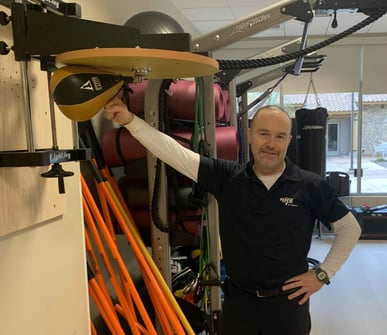 Training elements from boxing have become very popular in the active aging segment of the population so it stands to reason that it would be a great training element to include in a senior living fitness program. The benefits when done correctly are immense and include improved balance, cardiovascular fitness, strength, agility as well as hand-eye coordination which translate very well to the functional demands of advancing age. Training methods should concentrate on balance, safety, (lots of water breaks and watch for overexertion,) and most of all….fun! Incorporating boxing into existing group fitness classes or implementing a low impact cardio kickboxing class is a great way to jazz up your group fitness calendar for residents and it is particularly beneficial for residents with Parkinson’s Disease.
Training elements from boxing have become very popular in the active aging segment of the population so it stands to reason that it would be a great training element to include in a senior living fitness program. The benefits when done correctly are immense and include improved balance, cardiovascular fitness, strength, agility as well as hand-eye coordination which translate very well to the functional demands of advancing age. Training methods should concentrate on balance, safety, (lots of water breaks and watch for overexertion,) and most of all….fun! Incorporating boxing into existing group fitness classes or implementing a low impact cardio kickboxing class is a great way to jazz up your group fitness calendar for residents and it is particularly beneficial for residents with Parkinson’s Disease.
Boxing teaches a can-do spirit and instills a level of resiliency that can help those facing difficult tasks, including coming back from injury or sickness. Even though the sport of boxing is an individual one, the camaraderie and community associated with the training is ideal for building social ties and the sense of accomplishing something difficult as a group. The saying that “it’s not how many times you get knocked down but how often you get up!” is universally understood and applicable to almost everyone. Not sure how to get started? Check out the suggested progression below!
- Shadowboxing in the mirror is the best way to begin a workout as it encompasses all the techniques involved in boxing training and gives one instant feedback on how they are progressing. Teaching certain combinations like jab, cross, hook and so forth will also engage the memory and will be entertaining to the class or individual as they try to follow along. Shadowboxing is also great to do first as it is a nice low-impact workout. 30 seconds on with a 30 second break then repeat.
- Next, work on a strength element like static squats and wall push-ups to allow for a recovery of the cardiovascular system. 30 seconds for the static squat/ 30 second break and 30 seconds of wall push-ups followed by a 30 second break.
- Hand/Eye coordination is next and can be done on a speedbag, double-end bag or even playing catch with a pickleball. 30 seconds on, 30 second break.
- After that, working with a heavy bag will develop strength and balance. Hand wraps and appropriate gloves should always be used with this type of work. Those looking for a softer impact can barely ‘tap’ the bag and focus more on the cardio/balance aspects. 30 seconds on, 30 seconds break.
- Mitt work is probably the most fun part of the class or training session and a chance for the boxers to show their stuff. Form a circle or line and have the boxers step in and out for 3 to 5 punch combinations. Make sure everyone has gloves on for this exercise or they can shadowbox in your direction, and you can pretend to be an opponent while keeping safe distance.
Variations of this circuit can be repeated and or modified to allow for different abilities. Finish with 5 minutes of stretching and plenty of water. Have fun and go get ‘em champ!
Considering whether there is opportunity to kick your group fitness calendar up a notch to reach more residents? Read more here…


![IMG_0169[1] (edited) (1)](https://wellness.nifs.org/hs-fs/hubfs/IMG_0169%5B1%5D%20(edited)%20(1).jpg?width=471&height=325&name=IMG_0169%5B1%5D%20(edited)%20(1).jpg) Want to get a full body workout without the aches and pains of traditional exercise? Aqua exercise could be perfect for you! This low impact exercise is for people of all ages and varying physical abilities. Aqua exercise is especially great for the active aging community. Common workouts performed on land such as walking, running, and weightlifting, are important for building strength and endurance, but these workouts can be strenuous on the joints, ligaments, and bones. There are many ways to exercise in the water and you can do it with or without any equipment. Moving under water is a full body exercise, working your muscles in every possible direction with decreased rick of injury due to less impact and strain. With the help of
Want to get a full body workout without the aches and pains of traditional exercise? Aqua exercise could be perfect for you! This low impact exercise is for people of all ages and varying physical abilities. Aqua exercise is especially great for the active aging community. Common workouts performed on land such as walking, running, and weightlifting, are important for building strength and endurance, but these workouts can be strenuous on the joints, ligaments, and bones. There are many ways to exercise in the water and you can do it with or without any equipment. Moving under water is a full body exercise, working your muscles in every possible direction with decreased rick of injury due to less impact and strain. With the help of 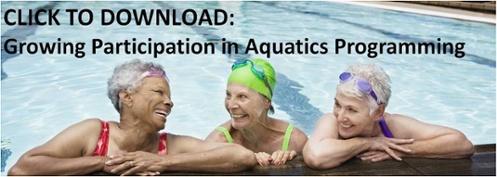
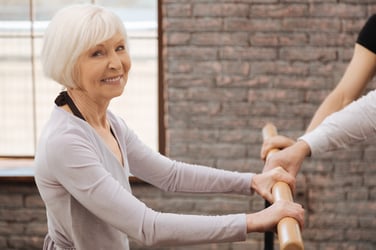 Barre, a fitness regimen, has recently gained a lot of popularity over the years. This low-impact exercise does not require any fancy, expensive equipment and people of all ages can do it. It is a workout that combines elements of Ballet, Pilates, and Yoga. It focuses on low-impact, high repetition, and small isometric movements to strengthen and tone your body.
Barre, a fitness regimen, has recently gained a lot of popularity over the years. This low-impact exercise does not require any fancy, expensive equipment and people of all ages can do it. It is a workout that combines elements of Ballet, Pilates, and Yoga. It focuses on low-impact, high repetition, and small isometric movements to strengthen and tone your body..jpg?width=467&name=GettyImages-1225625994%20(1).jpg) In
In 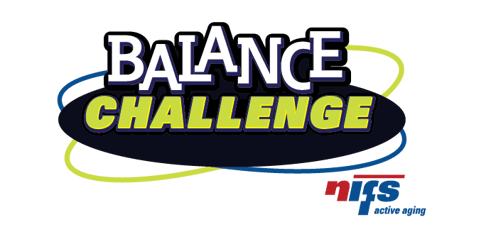 As you might know, just the fear of falling can have significant and lasting impact on older adults or family members’ quality of life. In fact, the fear itself is a risk factor for falls. The good news is that falls can be prevented through balance-specific training and education, which is why NIFS has adopted a comprehensive balance-training method that goes far beyond simply offering balance-training group fitness classes.
As you might know, just the fear of falling can have significant and lasting impact on older adults or family members’ quality of life. In fact, the fear itself is a risk factor for falls. The good news is that falls can be prevented through balance-specific training and education, which is why NIFS has adopted a comprehensive balance-training method that goes far beyond simply offering balance-training group fitness classes.
.jpg?width=488&name=Active%20aging-seated%20stretches%20GettyImages-469952165%20(1).jpg)



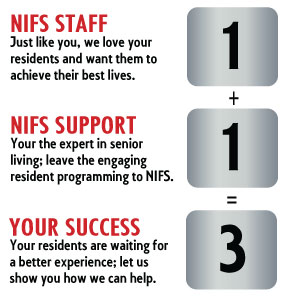
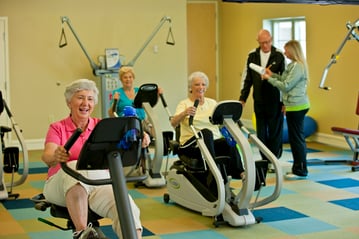 You need your fitness center to be a hallmark, a standout for the community. For your current residents, it should be one of the most praised offerings both because the staff are well-loved and because they are effective at keeping residents engaged with new, consistent, well-done offerings. The fitness program should also be on the list of reasons prospective residents choose your community. But if the group fitness calendar and the personal training services look the same as all the competition, and if you don't have the necessary data to tell key stories about how resident's lives have been improved by participating, then you're missing out on an opportunity.
You need your fitness center to be a hallmark, a standout for the community. For your current residents, it should be one of the most praised offerings both because the staff are well-loved and because they are effective at keeping residents engaged with new, consistent, well-done offerings. The fitness program should also be on the list of reasons prospective residents choose your community. But if the group fitness calendar and the personal training services look the same as all the competition, and if you don't have the necessary data to tell key stories about how resident's lives have been improved by participating, then you're missing out on an opportunity.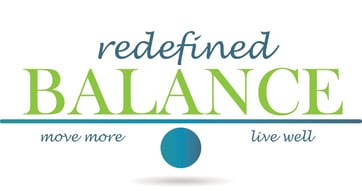

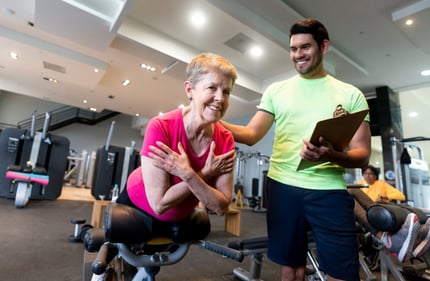 While the size and shape of fitness spaces can vary dramatically from one senior living community to the next, it is very common for there to be at least some dedicated space with exercise equipment for resident use. It’s also quite common for communities to offer group exercise classes as part of the activity program. In some cases, communities also offer a personal training service.
While the size and shape of fitness spaces can vary dramatically from one senior living community to the next, it is very common for there to be at least some dedicated space with exercise equipment for resident use. It’s also quite common for communities to offer group exercise classes as part of the activity program. In some cases, communities also offer a personal training service.